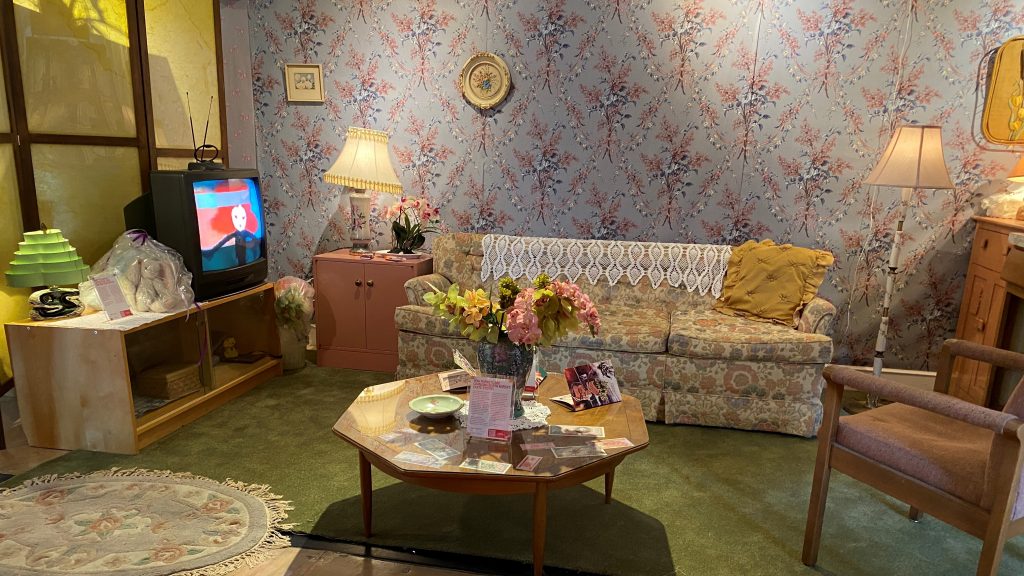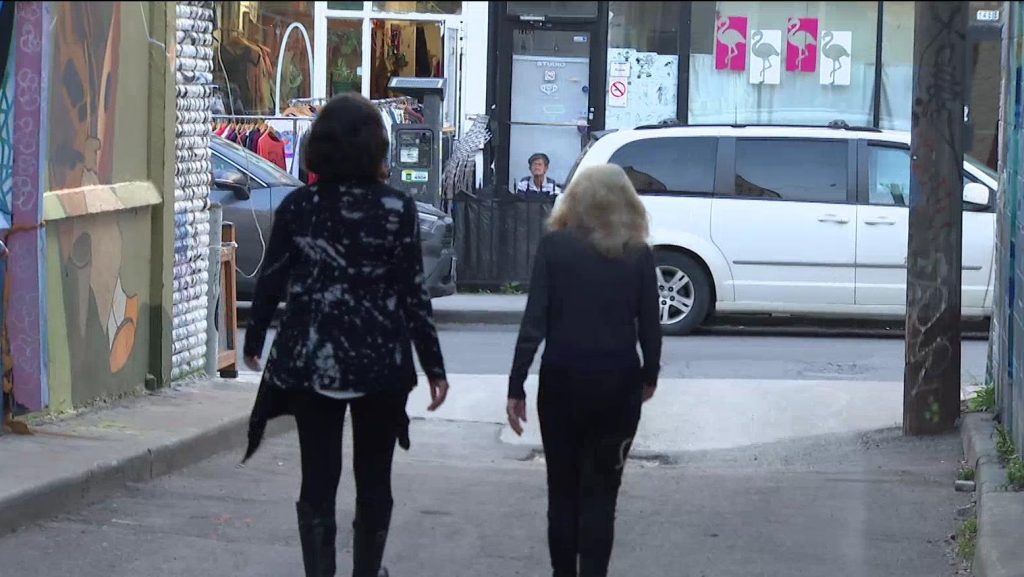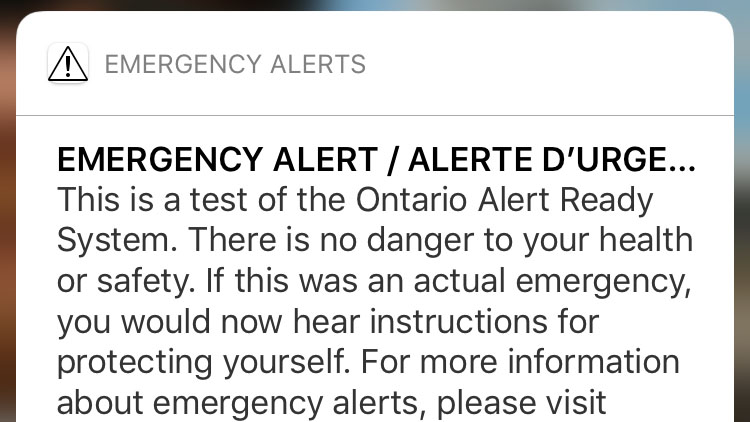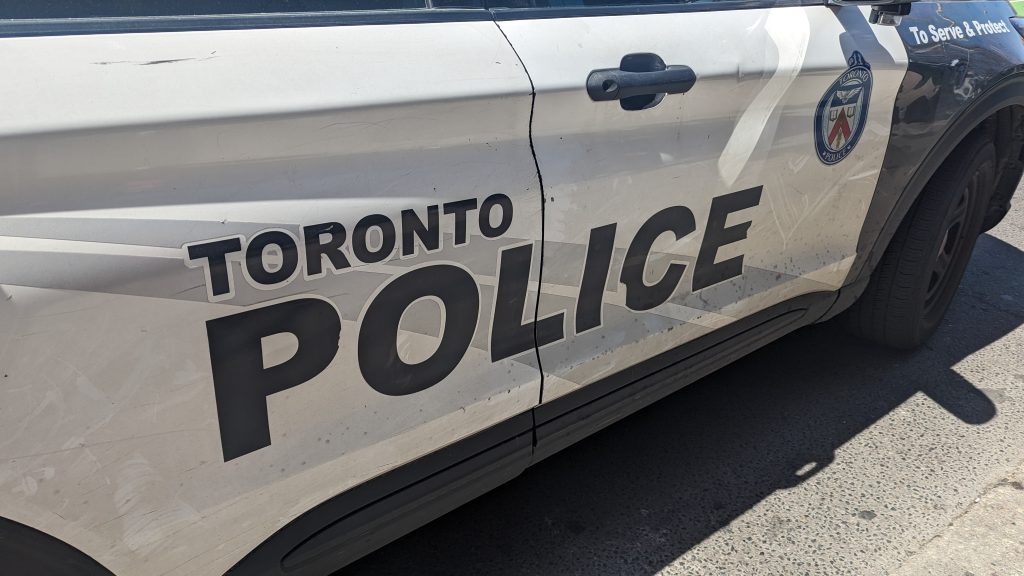Art exhibit gives glimpse of daily life in North Korea, raises funds for refugees
Posted July 6, 2022 5:03 pm.
Last Updated July 6, 2022 9:01 pm.
North Korea is considered one of the most closed-off countries in the world, and a new art exhibit is hoping to help Canadians better understand what daily life is like in the dictatorship with an eye toward supporting refugees.
The exhibit dubbed “The People’s Museum of North Korea” is set up at the stackt market in downtown Toronto, and runs until July 22. Human rights group HanVoice has curated the space to mimic a North Korean home.
“Most Canadians when they think about North Korea, it’s often the leader — and that actually strengthens the power of the regime’s narrative, that the country is based on one leader,” says Executive Director Sean Chung.
“For us, it was important to start a conversation about the North Korean people and not a story where they’re passively suffering under this horrible regime.”
The interactive space — complete with a couch, television and kitchenette — also contains elements and objects that help tell a story of resilience and resourcefulness by showing how North Koreans invent creative solutions to access information and other essentials from outside the country.

A vignette at The People’s Museum of North Korea exhibit. CityNews/Dilshad Burman
“[You’ll] actually be walking into a North Korean living room. You’ll be able to get a sense of what it’s like to be a North Korean accessing information for the first time, of having that initial curiosity about the outside world all the way to the end where we talk about the escape and the moment that North Koreans decide to escape,” said Chung.
Chung says an innovative example of how North Koreans access things like news or TV shows is with the use of “notels” — a uniquely North Korean word coined from the words notebook and television, used to describe a portable DVD player.
While they used to be prohibited, they became so commonplace in the country that they were legalized in 2014, but must be registered with the government, he explained.
“You can actually stick in a USB stick or a micro SD card [into a notel] to access information in a way that can’t be caught easily [by the state] because if you have a USB stick, you can just smash it on the ground. Whereas with a CD, it’s a lot more conspicuous,” he explains.
“It’s gotten to a point where North Koreans are able to watch the next episode of that K-drama that you like so much or listen to that latest hit from BTS … the kind of levels of information penetration that exist in North Korea today is remarkable.”
He adds that USB sticks and other media are smuggled into North Korea via the same networks that might help citizens flee the country. Escape, however, is an arduous process and can take several attempts.
“For North Koreans that are escaping the country, when they go into China, they’re immediately at risk of being returned … when they’re sent back, they’re punished for leaving,” he says.
“So a lot of North Koreans that go into China, most of them being women, are actually at risk of sexual and gender-based violence … because of the kind of vulnerable legal status that they have. And if they’re able to make it through China and get to Southeast Asia, they then need to travel to safe ground in a safe third country where they can then be resettled.”
Canada is one of those countries and the first in the world to allow private sponsorship of North Korean refugees. Last year HanVoice reached an agreement with the Canadian government to resettle five North Korean refugee families in the country.
“This is significant because, for the first time in Canadian history, everyday Canadians will be able to sponsor North Korean refugees,” Chung says.
They’re hoping to raise $50,000 per family for sponsorship costs by partnering with Canadian-Korean religious and community groups as well as through donations to the free exhibit. Since the exhibit opened on July 2, they’ve raised $10,000.
HanVoice has also established a strategic partnership with Northpine Foundation to cover the other significant costs involved.
“They’ve actually committed an initial investment of $200,000 to help identify North Koreans, to help bring them here and all the costs that everyday donors don’t want to cover,” says Chung. “So every cent of your donation will actually be going towards funding and sponsoring North Korean refugees.”
Chung says they hope this is just the beginning of a long-term strategy.
“This is a pilot program and so we’re hoping that with the success of this pilot we’ll be able to create a permanent and sustainable pathway for North Korean refugees.”










